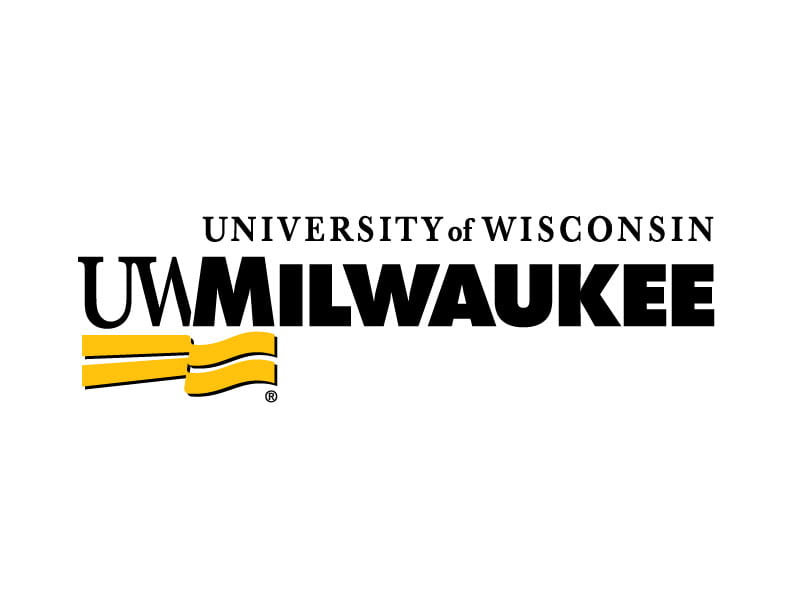All sewage surveillance efforts should consider the following four steps in developing programs and designing sampling strategies.
- Identify goals: The goals or specific questions of interest should be identified at the outset of any sewage surveillance effort. This phase might depend on current COVID-19 conditions, specifically prevalence and progression within an area. Examples of potential questions that may benefit from sewage surveillance include:
- Is SARS-CoV-2 prevalence increasing/decreasing?
- Is SARS-CoV-2 present in an area with no previously reported cases and/or low clinical testing coverage?
- Does SARS-CoV-2 in wastewater reflect case trends from testing? Is there early warning or are there indications that clinical testing is not capturing case trends?
- Assess capacity: Currently, SARS-CoV-2 measurements in wastewater cannot reliably be used to determine absolute prevalence (i.e. the number of people infected) in a community, especially for any single sample. The strength of sewage surveillance comes in longitudinal sampling to evaluate trends over time. It is important to assess sample collection and processing capacity when developing a surveillance strategy, particularly in the context of the goals outlined for the sewage surveillance effort. Assessments should consider funding availability, collaborative relationships that might be needed, possible supply chain issues, and equipment and personnel needs.
- Develop a technical approach: Once goals have been identified and capacity has been evaluated, the various aspects of the technical approach for sewage surveillance must be finalized. This includes critical steps such as design of the sampling strategy (i.e. sampling locations & frequency), sample processing, sample analysis, data analysis and interpretation, and data dissemination.
- Decide how data will be disseminated: Depending on the specific goals of a sewage surveillance program, data may be disseminated to a wide range of audiences, including public health professionals, facility managers, or the general public. Identifying how data will be disseminated and for what purposes to different audiences is a critical step to ensure that the program is meeting its goals.
Both wastewater utilities and public health entities should be involved in planning a sewage surveillance strategy, as both stakeholders have important information to contribute to ensure appropriateness of study design and utility of data generated. During these discussions, a focus should be placed on consistency in sampling design, transparency of testing methods, and analysis and reporting of data trends.



